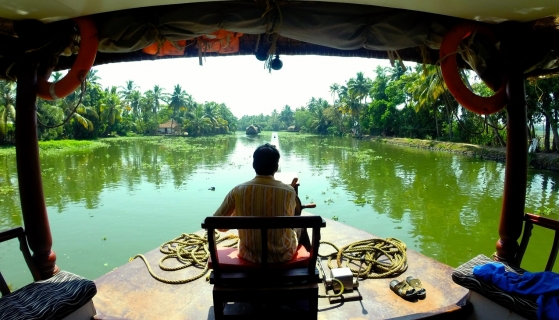Ravangla Weather and Climate: A Comprehensive Guide
The temperature in Ravangla varies moderately throughout the year.
The temperatures shift from warm
to cold.
It also has a notably wet climate with much precipitation.
Let's now guide you through the climate details for a complete overview.
Average maximum day and minimum night temperature
The weather in Ravangla changes moderately throughout the year, offering enough variation to appreciate each season. Average maximum daytime temperatures range from a comfortable 23°C in June, the warmest time of the year, to a chilly 12°C during cooler months like January.
At night, temperatures typically drop to an average of around 3°C during these months. Check out our detailed temperature page for more information.Temperature ranges by month
Precipitation and rainy days
Ravangla has a relatively rain/snowy climate with high precipitation levels, averaging 5201 mm of rain/snowfall annually. Significant seasonal changes in precipitation occur throughout the year. During the wetter season, July receives heavy rainfall, averaging 1007 mm of precipitation, recorded across 18 rainy days. In contrast, the drier season, December brings less rainfall, with 162 mm over 0 rainy days. For more details, please visit our Ravangla Precipitation page.The mean monthly precipitation over the year, including rain, hail and snow
Average humidity
The city experiences its highest humidity in July, reaching 92%. In March, the humidity drops to its lowest level at 75%. Explore our detailed page on humidity levels for further details.
Relative humidity over the year
almost clear and no rain partly cloudy and no rain clear and no rainForecast for Ravangla
The best time of year to visit Ravangla in India
During the months of May, June, July, August, September and October you are most likely to experience good weather with pleasant average temperatures that fall between 20°C and 26°C.The average rainfall figures in Ravangla are quite high. Throughout the year, you have a chance of prolonged precipitation. So no matter what time of year you go, you will always have to deal with a high number of rainy days. This makes it more challenging to point out the best time of year to visit. Other facts from our historical weather data:
August has an average maximum temperature of 23°C and is the warmest month of the year.
The coldest month is January with an average maximum temperature of 12°C.
July tops the wettest month list with 1007 mm of rainfall.
December is the driest month with 162 mm of precipitation.
No idea where to travel to this year? We have a tool that recommends destinations based on your ideal conditions. Find out where to go with our weather planner.




